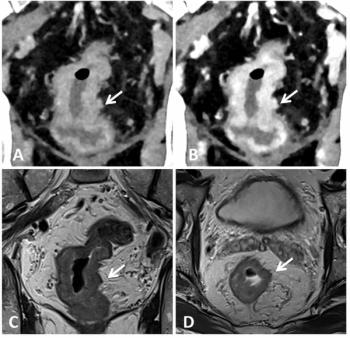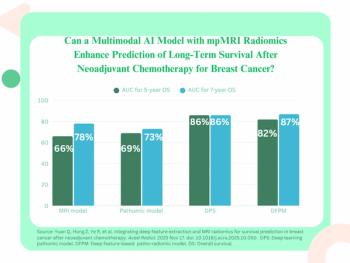
Little Wonder: Nano imaging agent reveals then kills cancer cells
The very small may one day inherit the imaging world. Pioneers in nanoparticles are working toward that end, crafting imaging agents to hasten the future of MRI. But lately imaging alone just hasn’t been enough to excite me. Nor has it been enough that these nano agents are about 1/10,000th the diameter of the diminishing hairs on my head.
The very small may one day inherit the imaging world. Pioneers in nanoparticles are working toward that end, crafting imaging agents to hasten the future of MRI. But lately imaging alone just hasn’t been enough to excite me. Nor has it been enough that these nano agents are about 1/10,000th the diameter of the diminishing hairs on my head.
I’ve seen MR grow from a technological tyke to a towering giant on nothing more than its ability to reveal, in strikingly realistic fashion, the insides of the body. The future has to be more if it’s going to extend this legacy. Researchers at Wake Forest University Baptist Medical Center are working on it.
In research announced July 21 and presented at the American Association of Physicists in Medicine meeting in Philadelphia, they have created iron-containing multiwalled carbon nanotubes that, thanks to their ferrous character, show up beautifully on MRI.
This alone is not enough to make them noteworthy. Iron-based imaging agents have been kicking around MRI labs for decades. What sets these scamps apart is the fact they absorb energy, laser energy to be exact, and turn it into heat.
Exposed to laser light while inside a tumor, they turn into diminutive red-hot pokers that sear cancer at a cellular level. Their iron content makes them visible on MR, providing certainty that they are in place to wreak oncologic mayhem.
Reflective of the research itself, progress with these nanoparticles is taking shape in tiny steps, actually mouse steps. As part of his ongoing Ph.D. thesis work at Wake Forest Baptist, Xuanfeng Ding demonstrated that the tiny particles were indeed visible under MRI and did heat up under laser light. They heat up so much that they could destroy tumor cells in which they have settled; whether they ever will is hard to say.
A decade may pass from the birth of a good idea to the emergence of a product. What’s remarkable-more remarkable than the potential of this one experimental concoction-is that this research is at once novel and routine: novel in the tailoring done to the particles to make them visible to MRI, routine in the tools applied during this process.
Nanotechnology is the means by which the future is rapidly taking shape, it seems, for just about everything from imaging agents to electric car batteries. It is modern alchemy whose promise has not yet been achieved but that, unlike efforts to turn common metals into gold, likely will be.
How ironic that the very tiny will reshape the world on such a macro level.
Newsletter
Stay at the forefront of radiology with the Diagnostic Imaging newsletter, delivering the latest news, clinical insights, and imaging advancements for today’s radiologists.




























